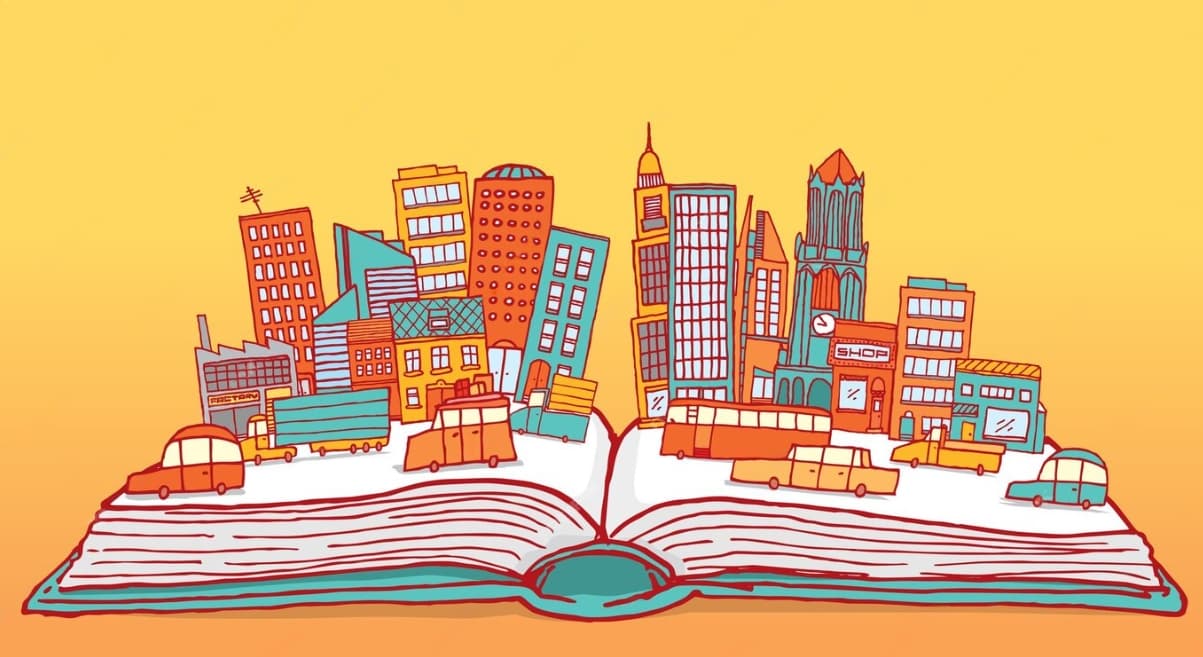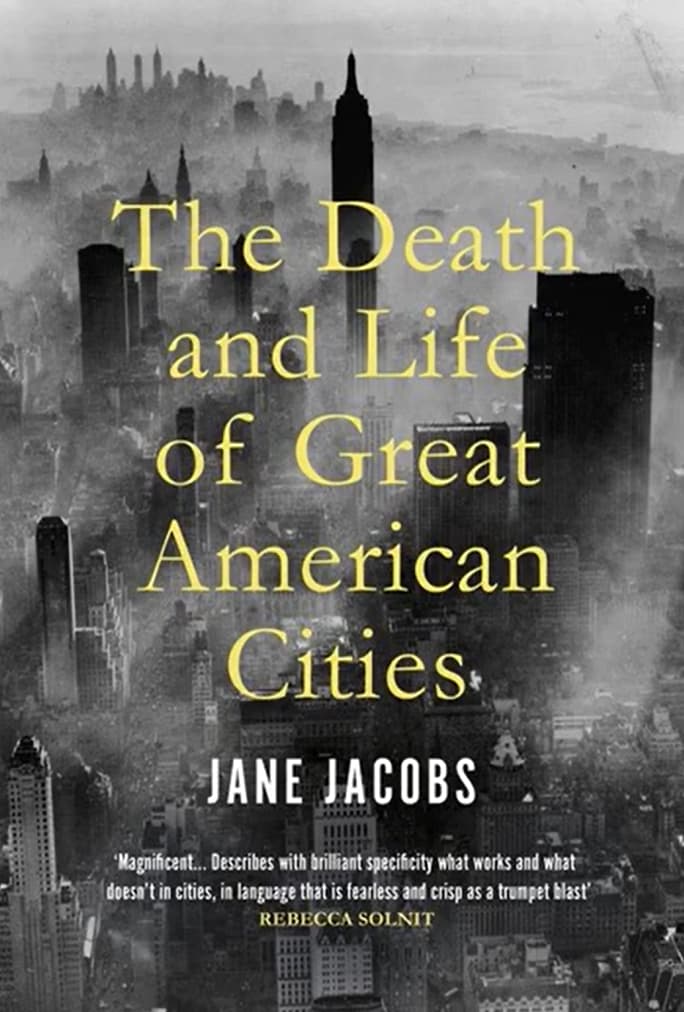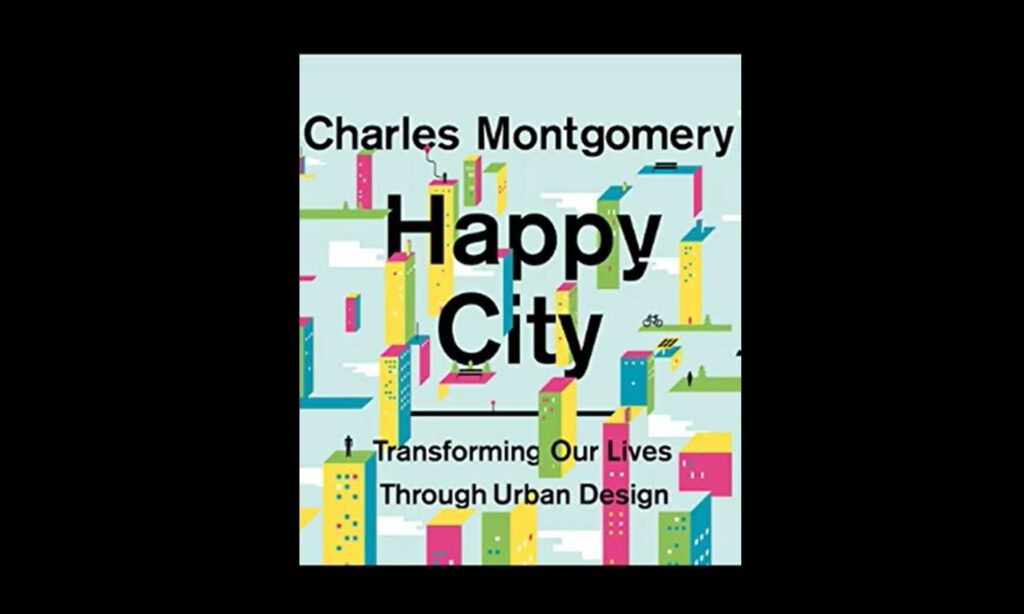5 Must-Read Books About City Design: Editor’s Picks

Urban design is an intricate and captivating discipline that significantly shapes our lifestyles, work environments, and interactions within our cities. Irrespective of whether you are a seasoned city planner, an architect, or merely a curious urban observer, there exists a vast reservoir of knowledge awaiting discovery within the pages of books dedicated to city design. In this comprehensive discussion, we will delve into the realm of city design literature and present a carefully curated list of five remarkable books. Each of these selections offers distinct perspectives and profound insights into the intricate art and science of crafting vibrant, sustainable, and thriving urban centers.
“Building on our exploration of Editor’s Handpicked Top 10 Favorite Books, let’s now delve into the theme of 5 Must-Read Books About City Design: Editor’s Picks.
Top 5 Books about City Design
Embark on a journey through the world of city design with these top 5 books, each a treasure trove of wisdom on the principles and techniques that underpin urban planning. Whether you are a seasoned professional seeking to expand your expertise or a curious individual eager to comprehend the intricacies of city development, these books offer pragmatic knowledge, replete with real-world examples. Covering a broad spectrum of historical contexts and contemporary approaches, these readings serve as indispensable resources for anyone keen on unraveling the intricacies of our urban landscapes.
“The Death and Life of Great American Cities” by Jane Jacobs

- Published in 1961, Jane Jacobs’ seminal work, “The Death and Life of Great American Cities,” remains a classic in the field of urban planning.
- Jacobs challenges conventional wisdom and provides a thought-provoking critique of mid-20th-century urban planning practices. She champions the importance of vibrant neighborhoods, mixed-use spaces, and community engagement in shaping successful cities. Her ideas continue to influence urban designers and policymakers to this day.
“Walkable City: How Downtown Can Save America, One Step at a Time” by Jeff Speck
- Jeff Speck’s “Walkable City” is a compelling exploration of the importance of pedestrian-friendly urban environments.
- The book delves into the economic, environmental, and social benefits of walkability and offers practical strategies for creating more walkable cities.
- Speck’s engaging writing style and real-world examples make this a must-read for anyone interested in urban planning and design.
“Happy City: Transforming Our Lives Through Urban Design” by Charles Montgomery

- In “Happy City,” Charles Montgomery explores the relationship between urban design and human happiness.
- Drawing on research and case studies from around the world, Montgomery makes a compelling argument for how thoughtful city planning can improve our overall well-being.
- From the impact of green spaces to the design of public transportation systems, this book sheds light on the profound ways in which our cities affect our daily lives.
“The Color of Law: A Forgotten History of How Our Government Segregated America” by Richard Rothstein
- Richard Rothstein’s “The Color of Law” examines the historical and systemic racism embedded in the planning and development of American cities.
- Through meticulous research, Rothstein exposes the government’s role in promoting segregation through discriminatory housing policies.
- This eye-opening book is essential reading for anyone interested in understanding the roots of urban inequality and the challenges faced by marginalized communities.
“Cities for People” by Jan Gehl
- Jan Gehl, a renowned Danish architect and urban designer, presents his vision for creating cities that prioritize the well-being of their inhabitants in “Cities for People.”
- Gehl emphasizes the importance of designing cities around human needs, fostering vibrant public spaces, and promoting sustainable transportation.
- With a focus on people-centric design, this book provides valuable insights for architects, planners, and anyone invested in shaping urban environments that enhance quality of life.
Conclusion
The world of city design is rich with ideas, theories, and practices that shape the urban landscapes we inhabit. These five books, handpicked by our editor, offer a diverse range of perspectives on city design, from the importance of walkability and community engagement to the impact of historical policies on urban inequality. Whether you’re a seasoned urban planner or a curious reader, these books are sure to inspire and inform your understanding of the cities we call home.